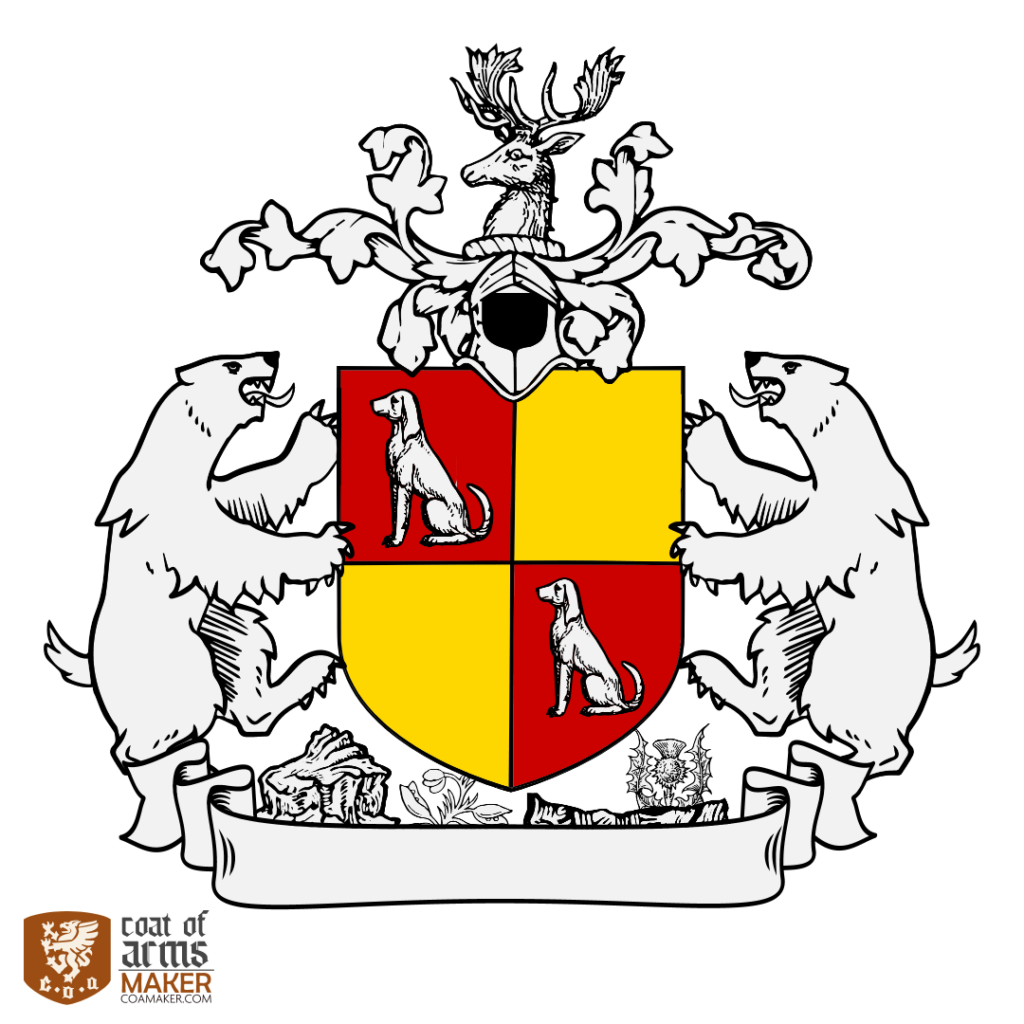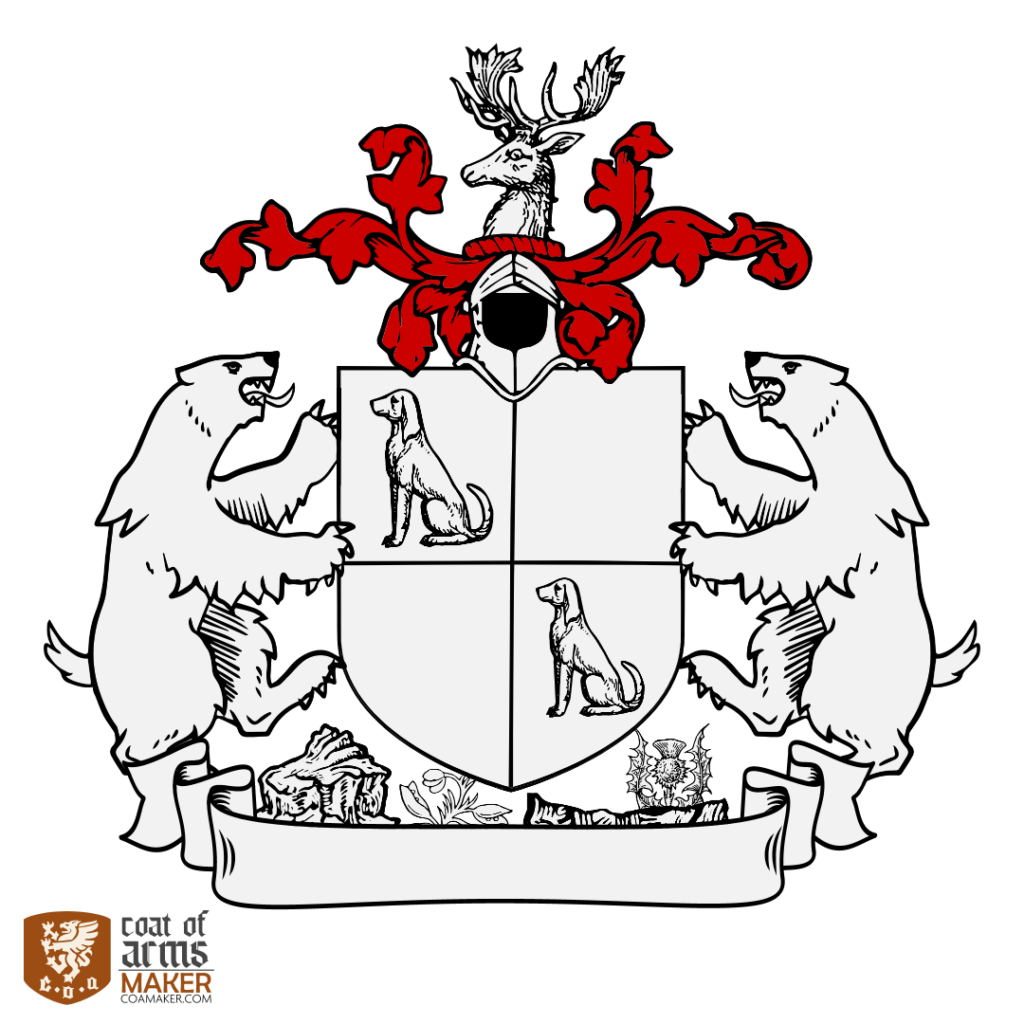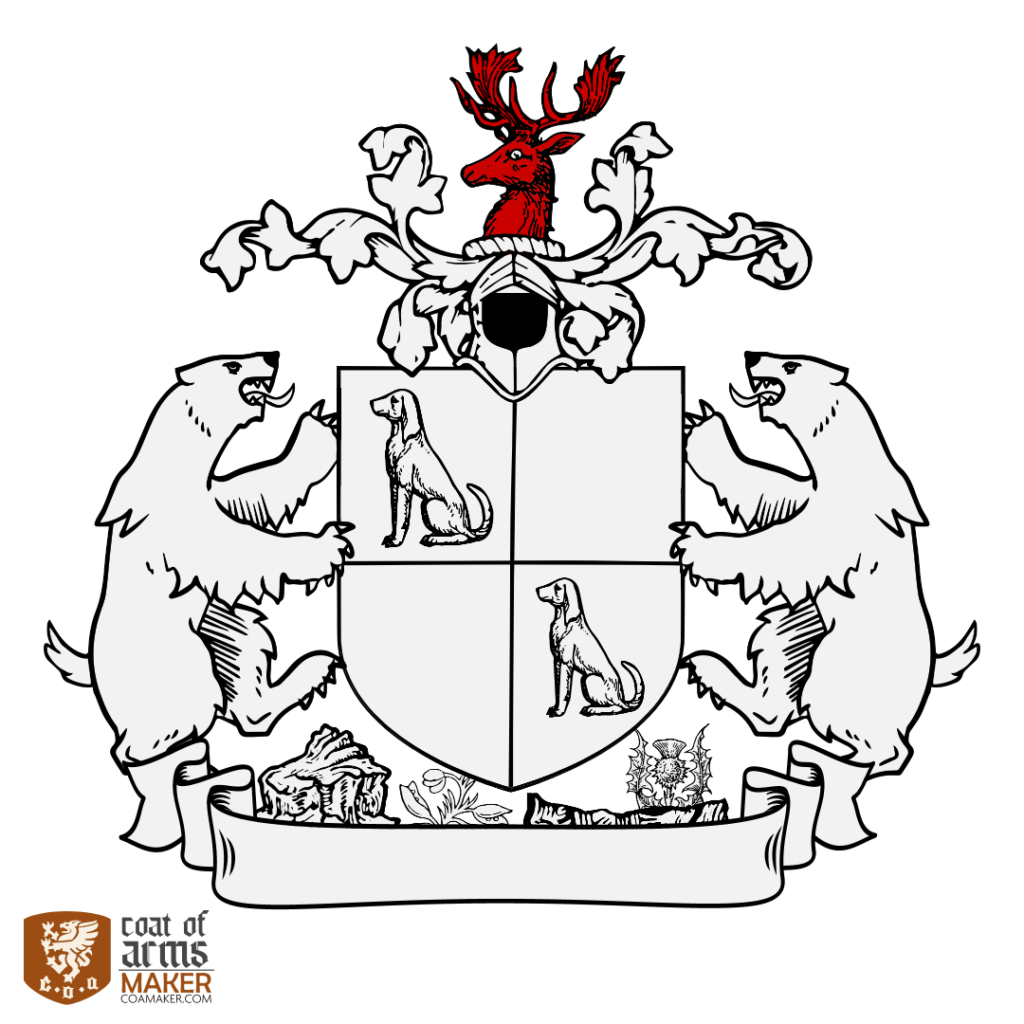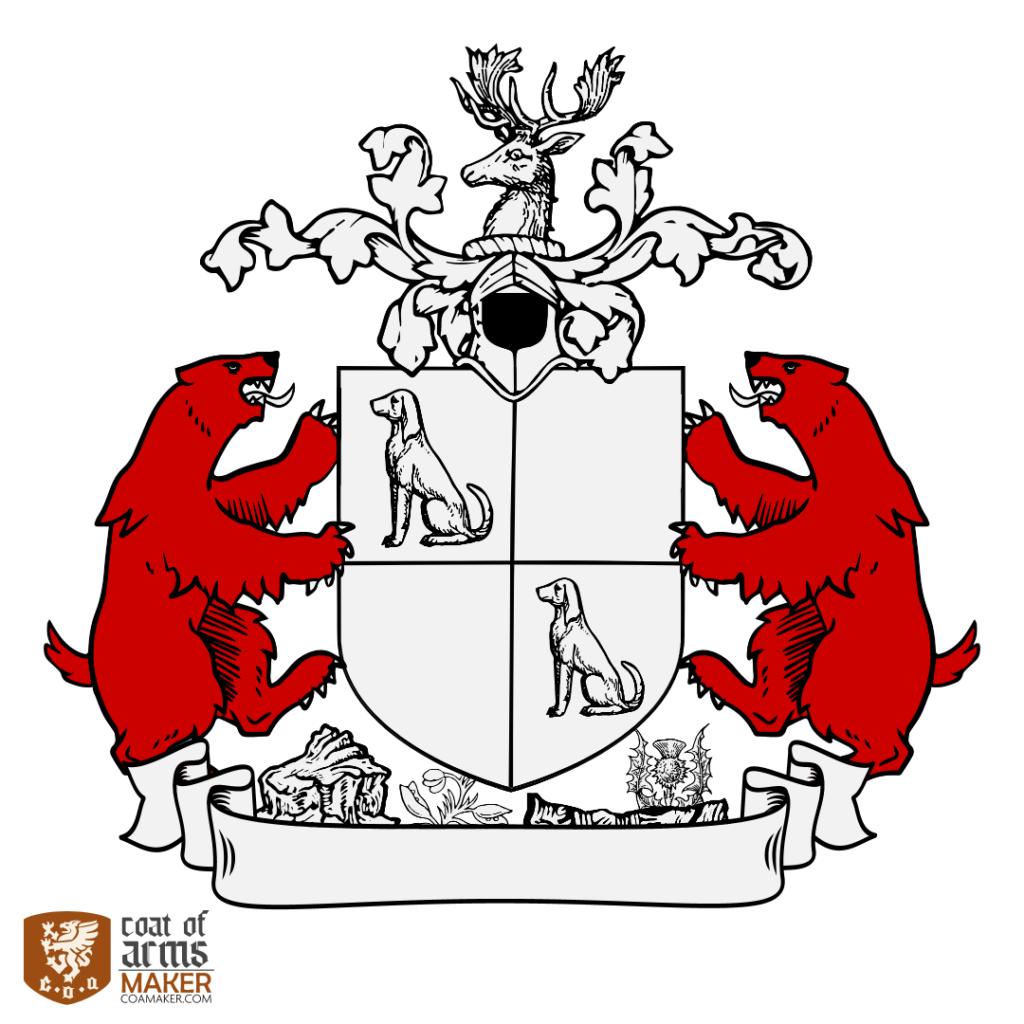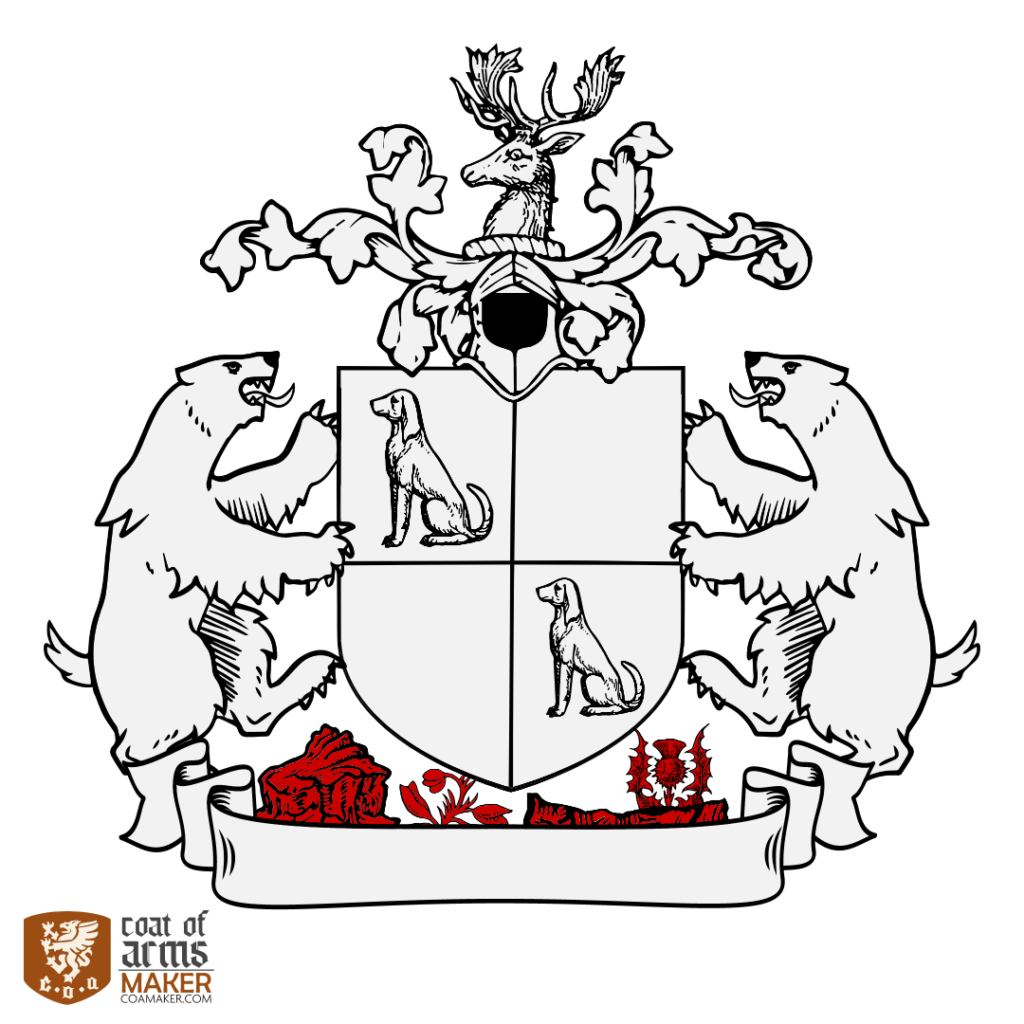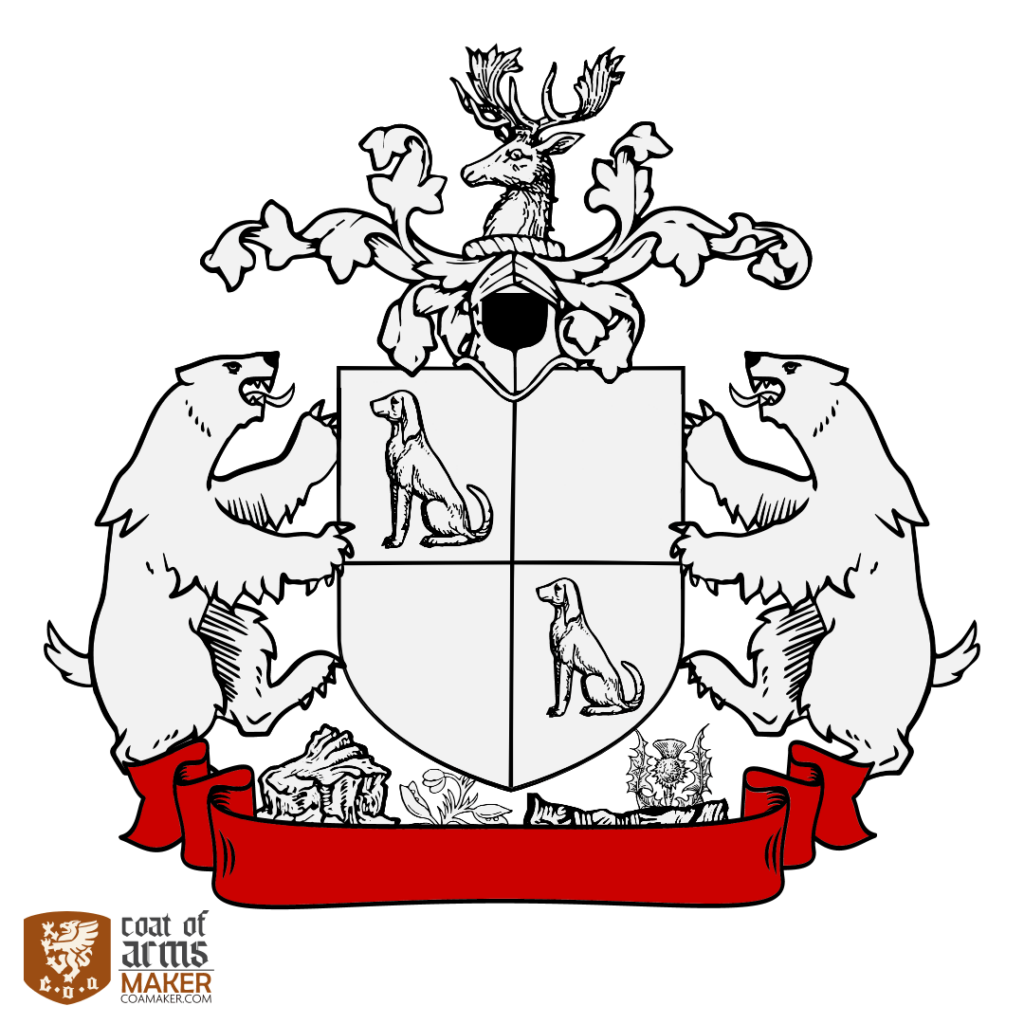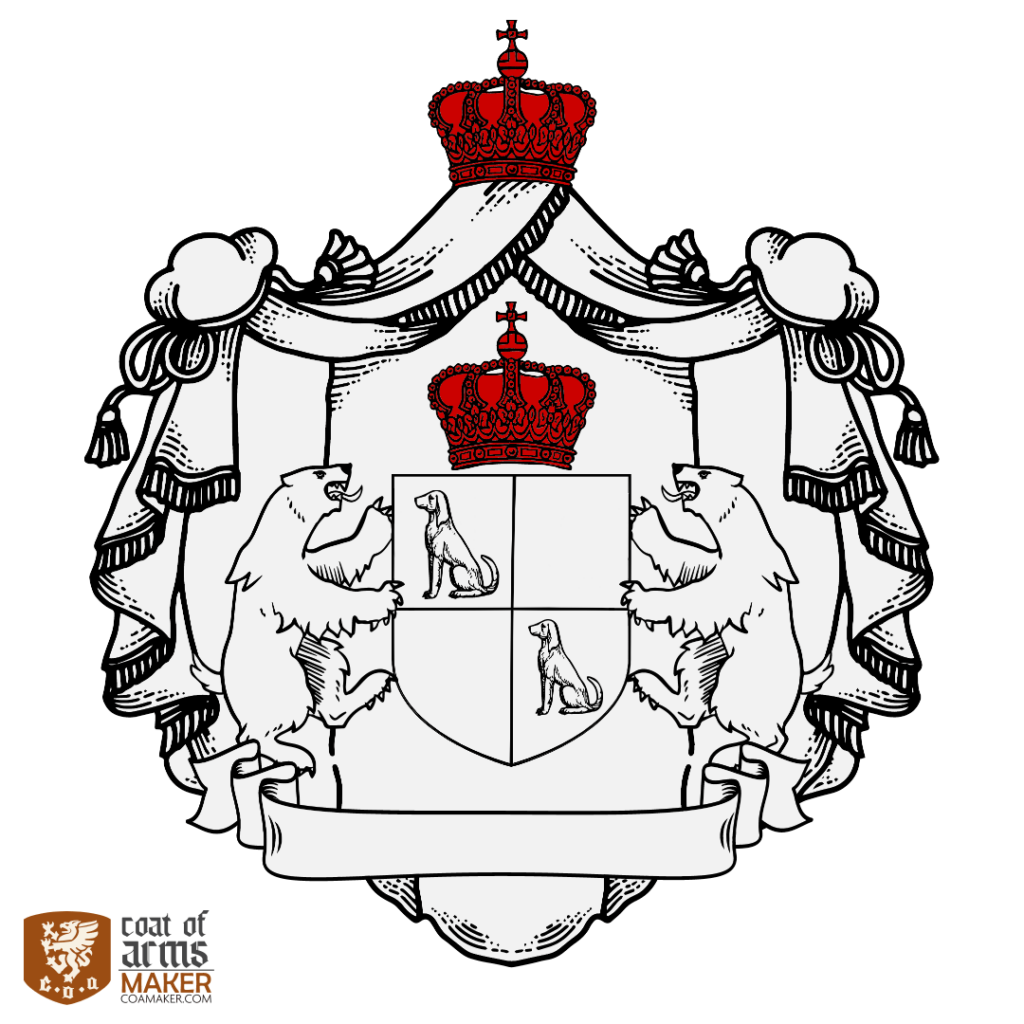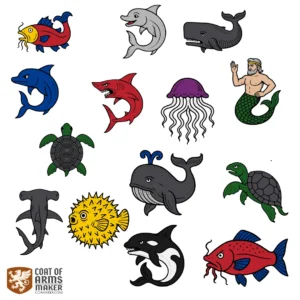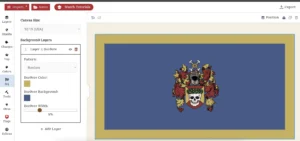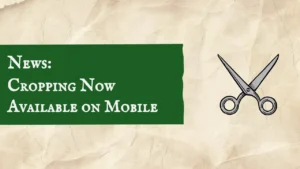This article explains and shows the parts of a coat of arms, the common term for heraldic achievements.
The parts of a coat of arms are:
The Shield or Escutcheon
The escutcheon is a shield that displays the coat of arms.
The escutcheon is the most important part of any heraldic achievement.
The escutcheon can have a variety of shapes. Many look like a classical knight’s shield.
Coats of arms for women sometimes use a diamond-shaped lozenge or an oval.
Clergy sometimes uses oval shapes, too. Others, like Aboriginal Canadians, use round shields.
The Field and Its Divisions
The background of a shield is called the field.
The field can be undivided or divided into several areas.
Shields are divided to differentiate from other coats of arms, to merge coats of arms, or just for style.
The Charges
Charges are the emblems and devices occupying the field of a shield.
Geometric charges are so-called ordinaries.
But any symbolic representation of an animal, an inanimate object, a person, a plant, or a building can be a charge.
The Helmet
The helmet is above the shield.
The style of the helmet varies. In some traditions, only the highest ranks of the nobility have the right to display open helmets. Lower ranks and burghers had to display a closed helmet.
Clergymen like bishops use a miter or other ecclesiastical hats instead of helmets.
The helmet has the torse and crest on top. The mantling is tied to the helmet.
The Torse and the Mantling
The torse or wreath is a twisted roll of fabric at the top of the helmet and the base of the crest.
It is the joining between helmet and crest. And it holds the mantling in place.
The mantling is drapery tied to the helmet above the shield.
Usually, the torse and mantling have the main colors of the shield.
The Crest
The crest is the device borne on top of the helmet.
The crest can be any symbolic representation of objects, plants, animals, or humans.
The crest is probably the reason why heraldic achievements and coats of arms are called family crests often.
The Supporters
Supporters are figures or objects on either side of the shield holding it up.
Most of the time, supporters are real or imaginary animals or humans. Only sometimes plants or objects are supporters.
The Compartment
The compartment is the design under the shield upon which the supporters are standing.
The compartment is usually rocks, grass, or some sort of other landscape.
The Motto or Slogan
The motto or slogan is often found below the shield in a banderole.
In Scottish tradition, the motto appears above the heraldic achievement. In Spanish tradition, it is written on the shield instead.
The Mantle
The mantle is a symbol of sovereign power and is generally reserved for royalty.
In a few cases, its use has also been granted to other nobles. Thus, many call it the “royal” mantle.
With a few exceptions, the mantle is red on the outside and with ermine on the inside.
The Crown
The crown is often a symbol of a sovereign state, usually a monarchy.
Crowns are also often symbols of religious status, divinities, or their representatives.
Crowns can replace the helmet or sit atop the helmet or at its base.
When used in a heraldic achievement with a mantle, the crown is often atop the mantle and atop the shield.

